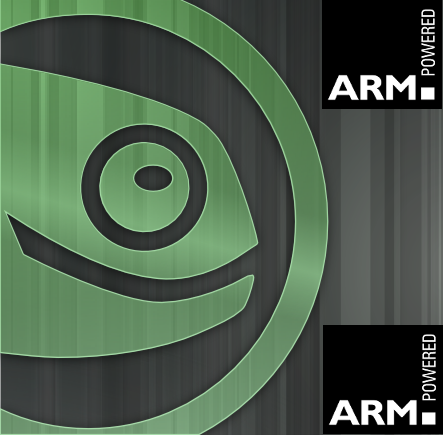openSUSE 12.2 for ARM Final!
6. Nov 2012 | Jos Poortvliet | No License
 As was promised last week, the openSUSE ARM team has released openSUSE 12.2 for the ARM architecture! Almost all of the usual openSUSE distribution (>5000 packages) builds and runs on all the ARM hardware it has been tested on. Read on to find out more.
As was promised last week, the openSUSE ARM team has released openSUSE 12.2 for the ARM architecture! Almost all of the usual openSUSE distribution (>5000 packages) builds and runs on all the ARM hardware it has been tested on. Read on to find out more.
It is out!
Initiated at the openSUSE Conference in 2011 in Nürnberg, the openSUSE ARM team has managed to bring one of the most important Linux distributions to the ARM architecture in a little over a year. At this point, the team is confident openSUSE 12.2 can be installed and used on the following devices:
Four more devices are supported as a ‘best effort’:
Almost all of openSUSE builds and runs on these - that is about 5000 packages. If you want to go and try openSUSE on your ARM hardware, go to this page and grab your stuff. Find more details on the [wiki page](//en.opensuse.org/openSUSE:Supported_ARM_boards>hardware support here</a>.
Please note that the team is unsure yet about the amount of support they’ll be able to provide for openSUSE 12.2 ARM: work is already focusing on the upcoming release in Factory, ARMv5 and ARMv8 are really exciting and resources are limited. This means that not all updates available for the other architectures are guaranteed to be available for ARM!
However, you can help with the manpower side of things, of course. This <a href=) has plenty of information on how to join the team and help giving Geeko ARMs!
Get it
The images are available for download here.
Categories: Announcements Distribution
Tags: